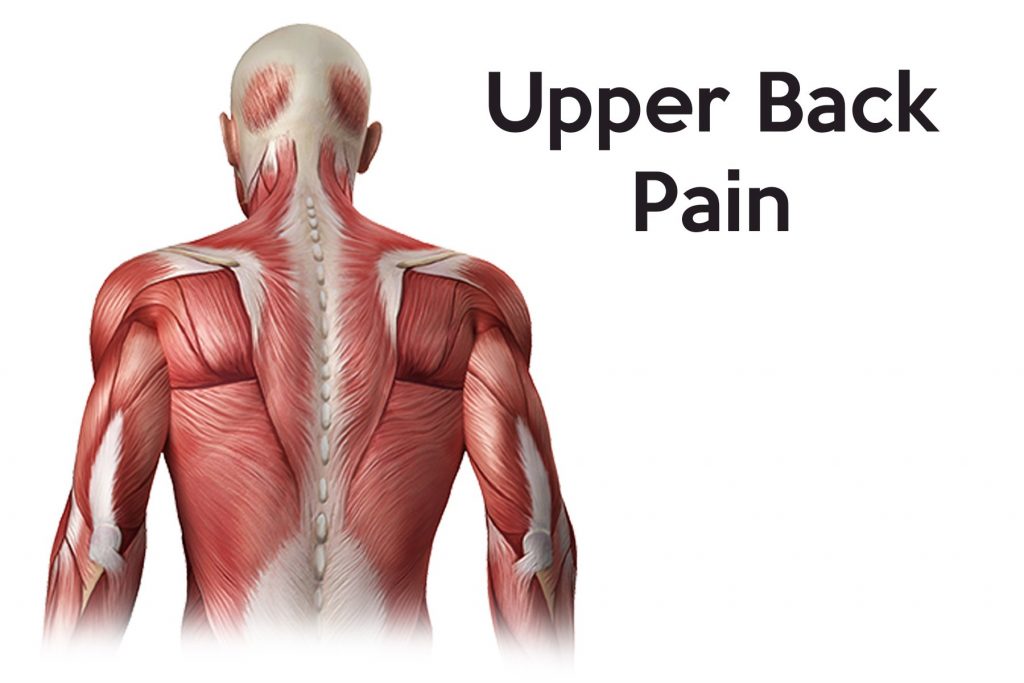Lower back pain and neck pain seem to grab all the attention and there is good reason for this! In Canada, the cost of medical expenses alone for low back pain are estimated between “$6 billion and $12 billion annually” (Bone and Joint Canada website). These numbers do not include the loss in worker productivity or disability payments. And neck pain is the 4th leading cause of disability worldwide (Spine Health, 2015).
But what about pain in the “upper” back? The thoracic spine is made up of 12 vertebrae, making it the longest region in the spine. It runs from the base of the neck down to the abdomen and it is the only part of the spine that the ribs attach to. Compared to the neck and the low back, the thoracic spine is remarkably resistant to pain and injury.
If upper back pain becomes bad enough to limit activities, it usually feels like a sharp, burning pain localized to one spot or a general achiness that can flare up and possibly spread to the shoulder, neck, or elsewhere.
The most common causes of thoracic back pain are a result of muscle or soft tissue dysfunction and may include:
- A sudden sprain or strain (as in car accidents or sports injuries).
- Sitting or standing in a slouched position over time.
- Carrying a backpack incorrectly or one that is too heavy.
- Sitting for a long time at a computer.
- Lack of muscular strength.
- Repeating a movement persistently that involves the thoracic part of the spine (as in sport or work): also called overuse injury.
Even though the thoracic spine is less prone to injury than the cervical or lumbar spines, it is important to have thoracic back pain assessed to rule out more serious concerns. And treatment will vary from person to person, depending on the underlying cause.
You do not have to live with pain! Visit abodyinmotion.ca to learn more about how our physiotherapists can help!
#upperbackpain #thoracicspine #Tspine #abodyinmotion #ABIM #physiotherapy #painfree

